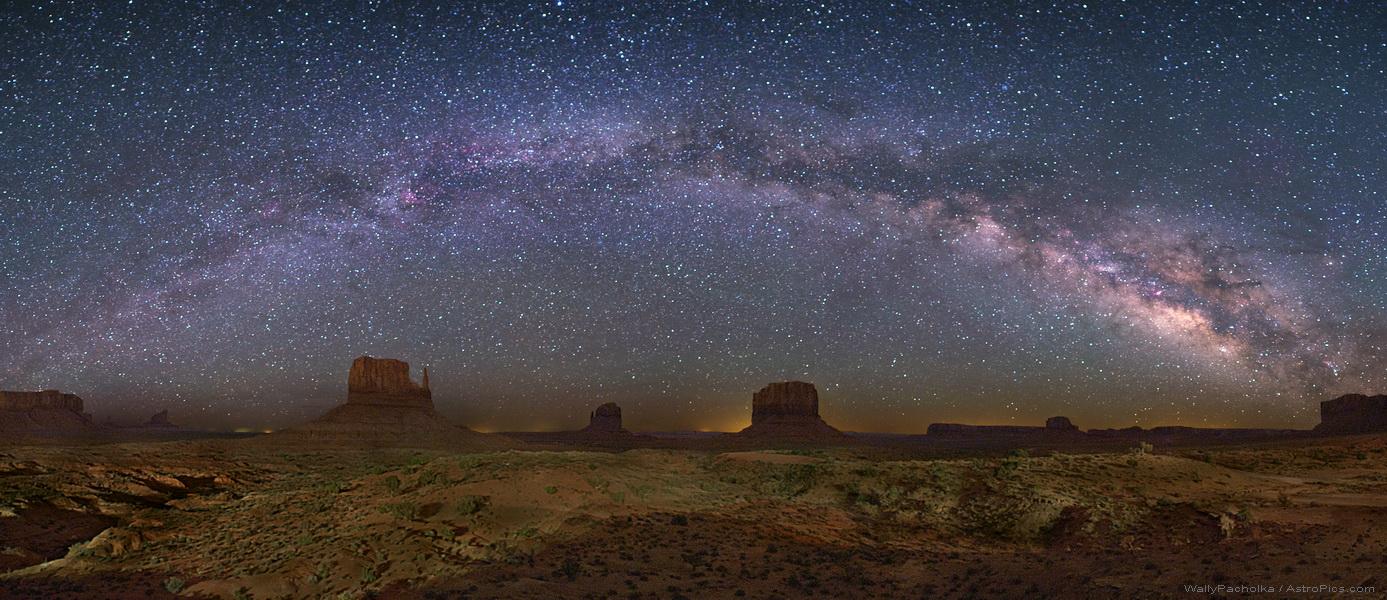
This is the monthly SnowBrains stargazing guide—something new we’re experimenting with in order to increase your awareness of all the fantastic things going on up above this off-season. The guide is meant to give you knowledge of the night sky and contribute to your experience when you’re camping out under the stars and just plain enjoying nature.
We’ll be sharing this at the start of every month that we’re not too busy skiing. We hope this helps you appreciate what this mysterious world has to offer and makes you wonder about our place in the stars.
“For my part, I know nothing with any certainty, but the sight of the stars makes me dream.” – Vincent Van Gogh
August 2022 at a glance
All month – Comet C/2017 K2 PanSTARRS remains visible
Aug. 2 – Uranus 1.3 degrees north of Mars (morning)
Aug. 11-12 – Perseids Meteor Shower peak (60-100 meteors per hour)
Aug. 14 – Saturn at opposition
Aug. 15 – Moon near Jupiter (morning)
Aug. 22 – Vesta reaches opposition at mag. +6.0
Good news and bad news
Bad news: the position of the supermoon around the peak of the Perseids Meteor Shower on August 11-12 will make it harder to see shooting stars. It is recommended by the American Meteor Society (AMS) to observe the meteor shower a couple of nights before the true peak, like on the night of August 9th, to be able to see more meteors because of a dimmer moon. On the night of August 9th, an estimated 30 meteors per hour will be visible, while on the nights of August 11-12, only 10-15 meteors an hour will be visible even though more like 60-100 would have been possible had the moon not been shining so brightly.
Good news: both Jupiter and Saturn will be easily viewable this month. Telescopic views of these worlds are improving drastically across the Northern Hemisphere due to their increased altitude in the night sky. Northern US states will be especially favorable for this. Saturn reaches full opposition on Aug. 17, and in the days leading up to this date, a lighting effect on the ring particles makes the rings appear brighter than usual. According to Explore the Night Sky Magazine, the Milky Way will be exceptionally visible in dark sky locations for southern US states this month as the days grow shorter and the nights longer.
https://www.instagram.com/p/CgckvvhsPz-/
To sum it all up
The biggest and best meteor shower of the year is this month, but you’ll want to view it a few days before the peak so that the full moon doesn’t get in the way too much. Jupiter and Saturn will be exceptionally visible, with Saturn’s rings appearing brighter than usual. The Milky Way will be popping for weeks to come, especially in southern latitudes, and the PanSTARRS Comet can be viewed all month long (Visit this website to learn how to spot the comet).
All in all, August will be one of the best months to go stargazing this year. With winter only a few months away, the time to get outside and reap the joys of camping out under the stars is now. We hope you enjoy this simple stargazing guide.

Constellations For August (Summary by US VAO)
Aquila, Lyra, Pavo, Sagitta, Sagittarius, and Telescopium are the constellations best visible in August. Sagittarius, Telescopium, and Pavo can be seen in the southern sky, while Lyra, Sagitta, and Aquila are visible in the northern sky. The northernmost of these August constellations, Lyra, is the easiest to find since its brightest star, Vega, is the fifth brightest star in the sky and the second brightest star in the northern sky.
Aquila
The astronomical sign From July through October, the eagle Aquila may be observed in the northern hemisphere between the latitudes of 90 and -75 degrees.
Aquila is a medium-sized constellation that covers 652 square degrees of sky, making it the 22nd biggest in the night sky.
Altair, the brightest star in Aquila, is part of the well-known Summer Triangle, which also includes Deneb in Cygnus and Vega in Lyra.
The eagle who carried Zeus’ thunderbolts and also delivered the mortal Ganymede to the skies to serve as Zeus’ cupbearer is represented by the name Aquila, which means “Eagle” in Latin. However, Aquila represents the goddess Aphrodite in another tale.
Lyra
From June through October, the constellation Lyra, or the lyre, may be viewed best from the northern hemisphere between latitudes 90 and -40 degrees.
Lyra is a tiny constellation that covers 286 degrees of sky and is the 52nd largest of the 88 constellations in the night sky.
The brightest star in Lyra, Vega, forms a giant triangle with two other stars in Aquila and Cygnus, Altair, and Deneb.
The Summer Triangle is a conspicuous constellation of brilliant stars. The annual Lyrids meteor shower, which happens every year in April, is likewise named for Lyra.
Ptolemy, the Greek astronomer, recognized 48 constellations in the second century, and Lyra is one of them.
Lyra depicts the lyre, a stringed musical instrument that resembles a harp and is linked to the Greek musician Orpheus’ tale.
Hermes created the lyre as a present to his half-brother Apollo, who gave it to Orpheus, the Argonauts’ musician.
Orpheus’ song was so powerful that it could enchant even inanimate objects like trees, streams, and rocks.
His lyre, though, was tossed into a river after he died.
Orpheus and the Lyre were both set in the skies as constellations when Zeus dispatched an eagle to fetch it.
Pavo
Pavo, the peacock, is a constellation in the southern hemisphere of the sky that may be seen from June through August in latitudes south of 30 degrees.
The peacock is a tiny constellation, encompassing 378 degrees of sky and ranking 44th of the 88 constellations in the night sky in terms of size.
Along with Grus, Phoenix, and Tucana, it is one of the “Southern Birds” constellations.
This southern constellation, one of 12 designed by Dutch astronomer Pavo, is thought to depict the Java green peacock, which Dutch explorers first observed on their way to the East Indies.
Sagitta
The arrow constellation Sagitta may be seen in the northern hemisphere in late summer, between latitudes of 90 degrees and -70 degrees.
It is a tiny constellation, occupying only 80 square degrees of the sky, making it the third smallest in the night sky.
Sagitta, which was found in the second century, translates to “arrow” in Latin.
This constellation is linked to a number of Greek myths.
The most famous story, however, depicted Sagitta as Hercules’ arrow, which was used to slaughter the eagle Zeus sent to consume Prometheus’ liver.
Sagittarius
Sagittarius, the Archer, is a constellation found in the sky’s southern hemisphere.
It may be seen in the northern hemisphere during the summer months, such as August, up to 55 degrees north.
Sagittarius is a prominent southern constellation, and its asterism, or grouping of stars, in the shape of a teacup makes it easy to identify.
Sagittarius is a vast constellation in the night sky that covers an area of 867 square degrees, ranking it 15th in size.
Sagittarius is also one of the thirteen constellations of the zodiac.
Sagittarius is one of the 48 constellations initially catalogued in the second century, and it is frequently represented as a centaur drawing back on a bow.
The Babylonians are credited with creating this ancient constellation.
Known as their God of War, Sagittarius stands with his bow aiming towards Scorpius, the scorpion’s heart.
In Greek mythology, Sagittarius is represented as a centaur, a half-horse, half-man creature.
Since there are so many various stories regarding this centaur’s origins, his true identity is unclear.
According to legend, he was dispatched to the heavens to aid the Argonauts on their expedition.
Telescopium
The telescope constellation, Telescopium, is located in the southern hemisphere of the sky and is visible from June through August in latitudes south of 33 degrees.
Telescopium is a minor constellation that covers 252 square degrees of sky, ranking 57th of the 88 constellations in the night sky in terms of size.
It is also flanked to the north by Sagittarius and Corona Australis, west by Ara, south by Pavo, and east by Indus.
Telescopium, on the other hand, isn’t linked to any mythology and was named after the development of one of the most essential pieces of astronomical equipment, the telescope, by Abbé Nicolas Louis de Lacaille in the 18th century.
Final Thoughts
Overall, the constellations best visible in August include Aquila, Lyra, Pavo, Sagitta, Sagittarius, and Telescopium.




